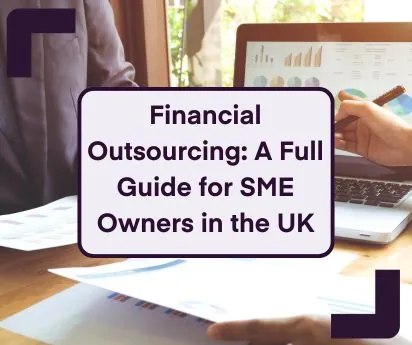
Planning your pension as a business owner
12 Jun 2020Pensions are something that we typically think about later on in life, but every business owner should prioritise it.
There are a number of different pension vehicles that business owners can consider in retirement, so our London accountants have constructed this guide to help you navigate your options.
Get in touch with our expert team to discuss bespoke tax planning for you and your business, or try our instant accounting quote tool and get a competitive fee in just 5 clicks.
HMRC foil property portfolio pensions
The Government have caught on to the fact that too many people have decided that they are going to become landlords and look to build property portfolios to fund their retirement.
While the above does remain an option for your pension, changes made to Stamp Duty, to offsetting interest on buy-to-let mortgages, not to mention the removal of the 10% wear and tear allowance means that the allure that property investment once held has lessened somewhat.
An alternative option would be to set up a limited company that would hold the property, but properties held in your own name cannot be moved into the business without crystallising the gain, thus incurring a capital gain of either 18% or 28% in addition to stamp duty on the transfer to the company.
Making investments
When it comes to investment structures, there are a number of options you can choose from.
Stocks, shares and individual savings accounts (ISAs) are a fantastic means to take advantage of tax-free growth, as well as tax-free income in retirement since any dividends on shares will remain tax-free and not impact your dividend allowance.
If you are savvy enough to switch portfolios from income to accumulation funds or change underlying funds or indeed swap with a legal partner, you can take advantage of capital gains and use the capital gain from the portfolio (within the capital gains allowance) to generate £11,700 of income tax-free each tax-year.
Venture capital trusts provide not only 30% income tax-relief on any investment made, but also a tax-free dividend that can supplement income.
Whilst investing in the early stage of a company does present a more risky option, the tax-reliefs are attractive.
Private pensions
Taking out a personal pension in addition to your workplace pension to boost your retirement funds or to invest differently to your workplace pension can be extremely beneficial in the long-term.
A personal pension is run by a pension provider, which will claim tax relief at the basic rate and add it to your retirement fund. If you’re a higher rate taxpayer, you can claim the additional tax as a rebate through your tax return.
With pension tax-relief costing the Chancellor more than £50 billion last year, it makes sense to make any private pension contributions as soon as possible.
Limited Company Pensions
Not only is this a limited company pension a tax-efficient tool for extracting funds from a business, it is also beneficial to the company accounts.
Company pension payments are deductible as a company expense and can, therefore, reduce or wipe out any liability to Corporation Tax, thus using pension payments as a tax-efficient tool for managing both company tax and profit extraction.
To qualify for the deduction during that accounting period, these contributions to pensions need to be paid before the company’s financial year-end. In addition to this, employers are exempt from National Insurance Contributions on pension contributions.
Use pre-tax profits from your business
Furthermore, as an owner of your business, you might be able to contribute up to £40,000 to your pension this tax year using pre-tax profits from the business.
You can also use up unused claims for the previous three years as well, using a pension “carry forward” rule – potentially adding up to £160,000 to your retirement pot.
According to research by Schroders, a 25-year-old who would like to retire on a two-thirds pension at 65 should be tucking away 15% of their salary each year.
At that savings rate, an average annual return of 2.5% above inflation would create a pot large enough to produce a retirement income to meet their target. But if that person was to save 10% of their salary, the annual return they’d need would shoot up to 4.2% over inflation.
If they were to save only 5% of their salary (the current overall minimum contribution rate for auto-enrolment), they may need returns that exceed inflation by 7%. Wait to 40 and it needs to be at least 20% of your income, increasing in line with your rising income.
As always, we encourage you to seek professional advice from your accountant before proceeding with any of the suggestions above. Get in touch with our team and we’d be happy to help you plan your pension.





















